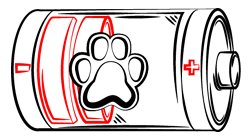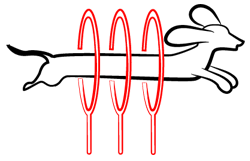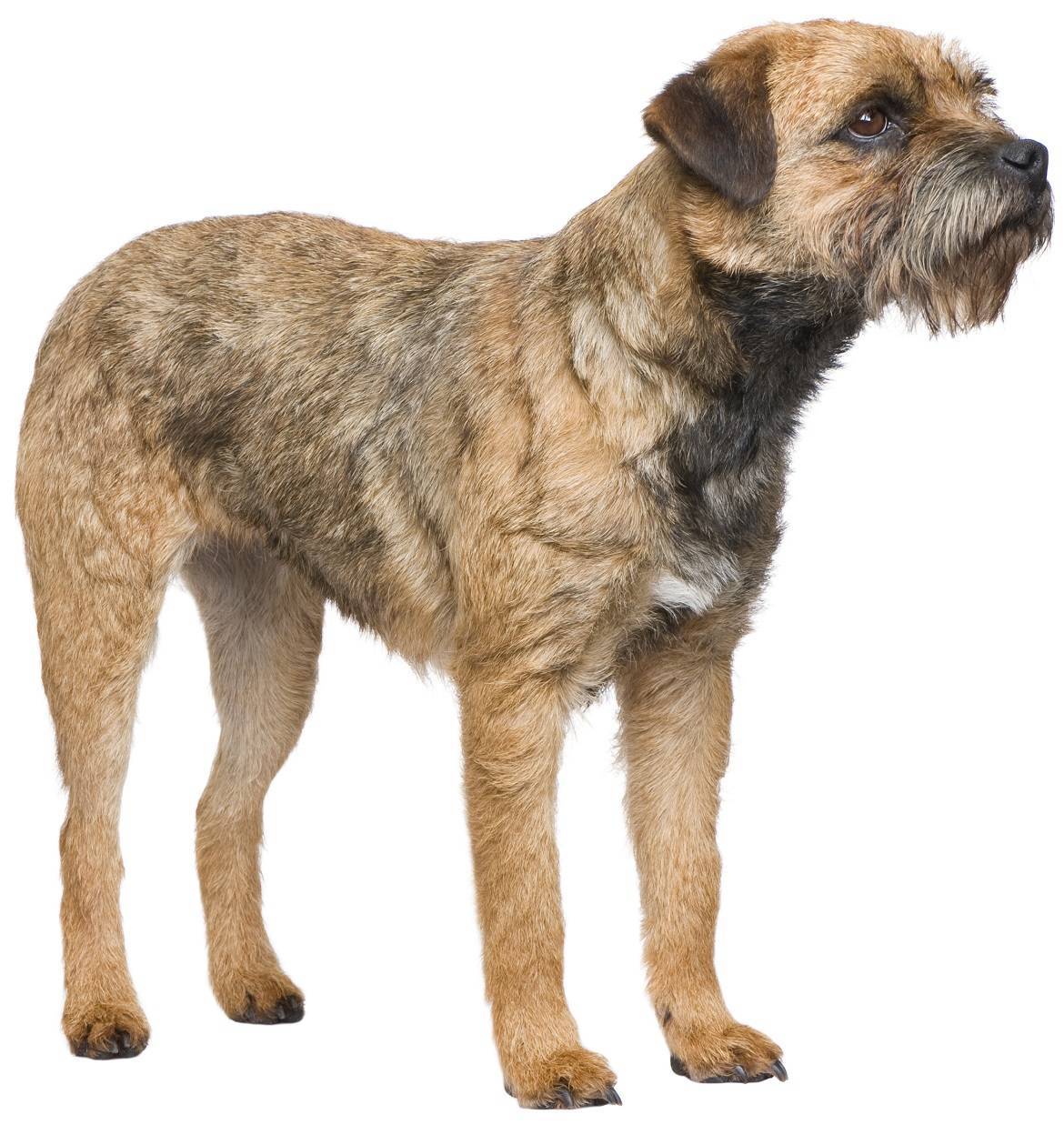
Paws ‘N’ Pups Quickview
Size
| Energy Level
| Trainability
| Paws ‘N’ Pups Rank
|
Characteristics
| Physical Characteristics: Height – Female: 11-14” | Male: 13-16” Weight – Female: 10-14 lbs. | Male: 13-16 lbs. Energy Level: Moderate | Colors: The American Kennel Club recognizes the Border Terrier in the following colors:
|
Health & Longevity
Average Life Span: 12-15 years
Border Terriers boast overall good health, but there are a few serious and minor health complications that could compromise your pup’s quality of life. It is important to schedule and keep routine vet visits at least twice a year, for updated vaccinations and general health checks. Some health conditions, such as heart disease, heartworms, and some kinds of cancer, are risks for all dogs of any breed. But some health complications are breed-specific to Border Terriers.
Some breeders believe in interbred and overbred Border Terriers, which is why you should be diligent and thorough when researching a breeder. The more interbred and overbred a Border Terrier is; the more health problems you can expect that pup to have.
Canine Hip Dysplasia
This condition, a birth defect, occurs when the hip socket and bone are malformed, resulting in random dislocations and nerve damage. If left untreated, the defect can cause severe, very painful arthritis and a permanent limp. Surgical intervention is required to correct this condition.
Parasite Allergies
This condition most often refers to fleas and mites that may bite and infect the skin of a Border Terrier. Symptoms include constant itchiness, redness, hair loss, blotchiness, swollen skin, and recurring ear infections. Treatment is, thankfully, simple with vet-prescribed antibiotics to stave off infection and parasite-killing creams or medicated shampoos.
Other health issues that could affect your Border Terrier include congenital heart problems, cherry eyes, cataracts, bleeding disorders, seizures, progressive retinal atrophy, and cryptorchidism. The average lifespan for a Border Terrier is between 12 to 15 years.
Temperament & Train-ability
The Border Terrier is a naturally energetic, playful purebred who does well with children, especially ones he has grown up with. He might be a danger to smaller kids though, as he is rambunctious and may accidentally knock over younger children. You can, of course, train him to sit still and be less boisterous, but it will take some getting used to, as energetic play is in his nature.
When training a Border Terrier, keep in mind that these pups are bouncy and attentive to whatever they find most engaging and fun. Make your training sessions a source of interactive entertainment to hold the attention of and captivate your Border Terrier.
You need training methods that will be memorable, instilling in them an urge to comply with your commands. Example? Set up an obstacle course in your backyard and run through it with your Border Terrier until he memorizes every instruction and runs through it himself. This method of training is also a great exercise technique. However, for rainy and cold days, keep a stockpile of treats and toys indoors so your Border Terrier remains happy, healthy, and playful.
Grooming
Border Terriers are double-coated with a short, dense undercoat and a lengthy, wiry, somewhat curly overcoat. This makes brushing a daily requirement, as double coats are easily knotted and matted. Using a medium-toothed comb, gently unkink your Border Terrier’s fur from head to tail. Then, using a firm-bristled brush, go back over and brush out excess hairs. Use your hand to smooth the fur as you go.
Other basic care needs for a Border Terrier include clipping his toenails every 3-4 weeks, bathing him every 6-8 weeks, cleaning his ears once a week, and trimming his overcoat every six months. If you have any qualms about performing the basic care tasks, take your pup to see a professional groomer for a full work-up of must-have doggie services.
Diet
The Border Terrier has an average appetite, similar to the eating habits of other medium-sized dogs. Sit down and comprise a meal plan that you can train your Border Terrier to follow. In other words, let him know that he will be fed 2 to 2 1/2 cups of dry, high-quality kibble per day, divided into 2-3 meals. This is average for an adult Border Terrier of average size. However, if your pup acts like he is still hungry, or begs for food, ask your vet about the specific nutritional needs of your specific Border Terrier.
Looking for a Border Terrier?
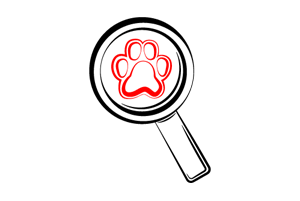 Find A Border Terrier Breeder | 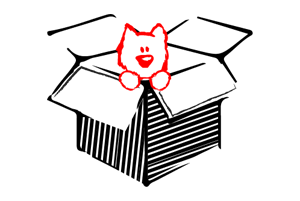 Border Terrier Puppies For Sale | 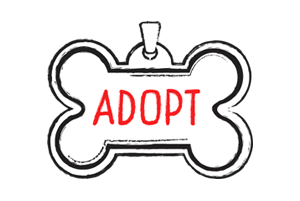 Adopt A Border Terrier |
Cost
Border Terriers are a fairly popular purebred, so you would likely get lucky in finding one of these pups at a local animal shelter or rescue group. These dogs might be a bit older than what you had in mind for your new companion, but you would be giving an abandoned Border Terrier a second chance at a happy, healthy home with a loving family.
If you choose adoption, fees vary between different states and counties, but the general range is $75 to $250. Sometimes the shelter will offer additional services, such as spade or neuter, and updated vaccinations, for an extra fee. In the end, your Border Terrier may rack up $400 to $500 in adoption fees.
The Border Terrier is a popular pup, so you are highly likely to find plenty of breeders in your area. Do lots of research to find a trustworthy breeder. Border Terrier puppies from a good bloodline cost between $1,000 to $1,500. Factor in other costs, such as toys, nutritious kibble, and routine vet check-ups, and you are likely to spend over $2,000 to get your Border Terrier home.
Paws ‘N’ Pups Ranking
Paws ‘N’ Pups ranks every breed out of 4 with 1 being easiest to integrate into your life and 4 being the toughest – The lower the ranking the better.
Ranking takes into account a few basic factors including cost, skill level needed, high vs low maintenance and how critical regular training is to success. Border Terriers rank a 1.5 on the integration scale. While these pups are friendly energetic, and happy, they are also rambunctious, which might be a problem if you live in a small apartment, or with small children. With plenty of space to run and romp, the Border Terrier is an excellent companion and pet for families. He loves children, gets along well with other household animals, and requires simple, manageable upkeep. An overall good dog to have if energy and affection are your forte.
Breeds Similar To Border Terrier
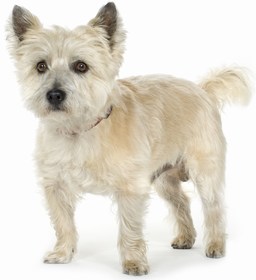 Cairn Terrier | 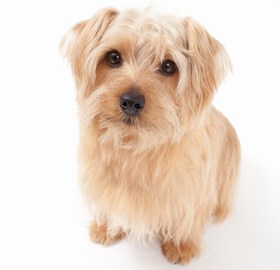 Norfolk Terrier | 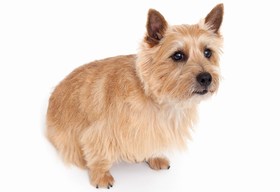 Norwich Terrier | 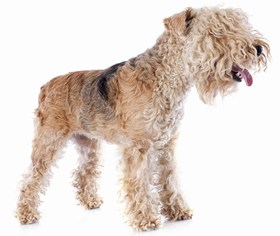 Lakeland Terrier |


